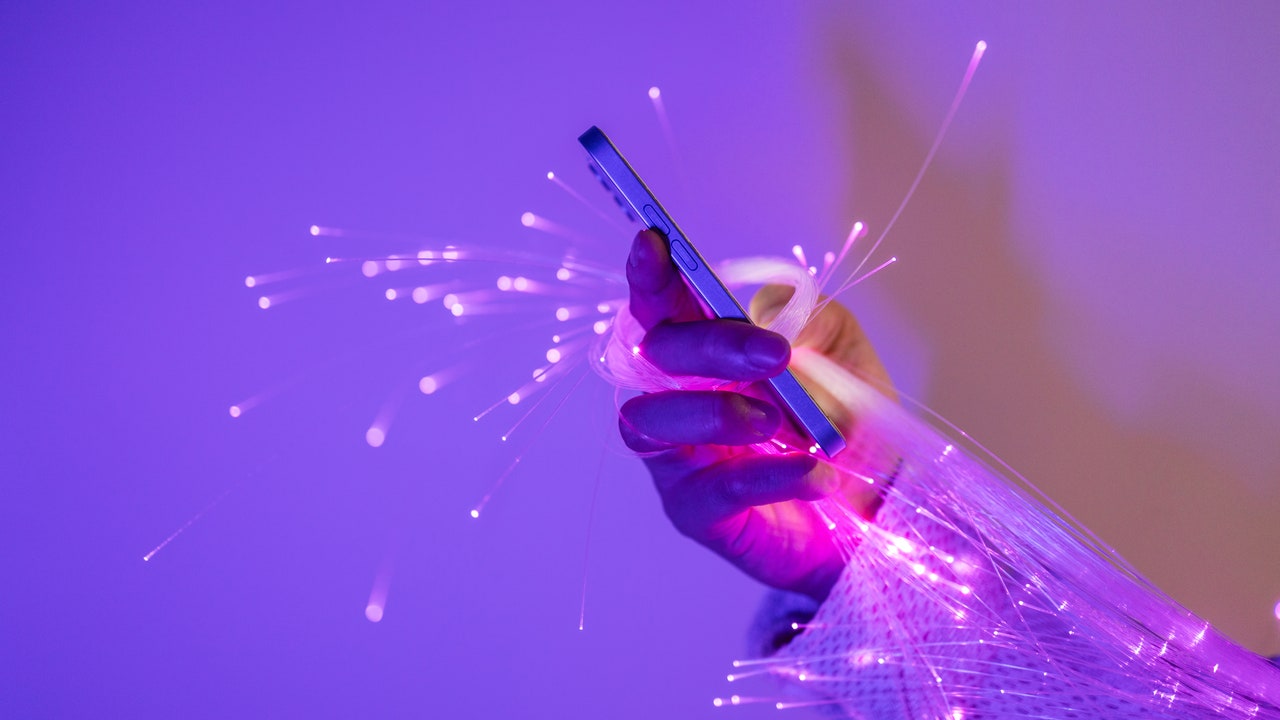Deepfakes and Child Sexual Abuse Material
Updated: 10:57 AM EST Nov 11, 2024
Generative AI has advanced considerably since its inception, and various models have found their way into the hands of the public as both a free and paid service. These generative models have produced audio, images and video on demand for years now, and it’s safe to say they are here to stay. Concerningly, however, the development of AI’s ability to create realistic depictions of people and celebrities from just a few images and videos has resulted in the rise of deepfake pornography, and this has raised various concerns. Here is what to know and what is being done.The Laws in PlaceAI-generated art and images have been around for a few years and have greatly impacted the digital ecosystem. The concern at the moment, however, is its impact on privacy and personal freedoms. There has been an increase in cases of individuals who have either posted pictures of themselves on social media or elsewhere having those images used in AI in order to produce AI-generated pornography.Deepfake pornography has been developing steadily as a result of AI’s development, even if it was not the intended goal, and as a result, many of the images created through these deepfakes can be difficult to tell apart from the real individuals they emulate. Because this technology is so new and vast, there have been no or at least too few laws created to combat them effectively. However, the laws we have currently are acting as a good safeguard.The laws already in place continue to protect children luckily still function as intended due to the wording of such laws, examples being Title 18 U.S.C. § 1466A and Title 18 U.S.C. § 2252A , in a summary, stating that: “Any person who, knowingly produces, distributes, receives, or possesses with intent to distribute, a visual depiction of any kind, that depicts a minor engaging in sexually explicit conduct or other form of abuse, or attempts or conspires to do so, shall be subject to a fine and imprisoned a minimum of 5 years maximum 20 years.” An example of such a case involves the creation of AI-generated child pornography at a Lancaster School using Discord group chats for distribution.Online Safe Guards In the digital age, the ease with which information can travel is both a blessing and a curse, as it is difficult for officials to monitor digital communications especially when privacy and First Amendment rights are involved. And with AI’s advancement, a few clear photos of an individual, potentially taken without that individual’s knowledge, would be enough to generate images with their likeness.However, the situation is not hopeless. As stated before, the laws currently in place still work to defend citizens when these incidents occur, and to further expand on this many social media sites have both privacy policies and guidelines for using their services that users automatically opt into when making an account. Discord has publicly stated its stance on this topic, in 2023 Discord joined the Technology Coalition alongside Zoom and Depop. The Technology Coalition is a gathering of various organizations such as Apple, Microsoft, X, Meta, Adobe, Google and Yahoo, to name a few, coming together to keep children safe online through a program dubbed Lantern in an effort to cast a wider net across various services in order to catch predators and perpetrators. Safe 2 Say is also a good source to turn to if you or someone you know has information on topics related to child sexual abuse material, allowing anyone to leave anonymous tips for both school administrations and law enforcement. What is being done?On the legal side of the dilemma changes, Senate Bill (1213), a bill aiming to address “artificially generated sexual depictions,” was passed into law on Oct. 29, 2024. This is a critical first step for further legal protections for citizens and restrictions, the full Bill can be read here here. On a grander scale, Congress is reviewing many similar bills, all in regard to artificially generated content ranging from misinformation, child safety, business practices and more areas where generative AI could be and has been used.AI is still a new technology, and its impact on our modern world is increasingly felt as it expands and develops. It is important to remain informed and aware of the changes that this technology will bring and continue to work toward shaping new laws and regulations to better control and adapt to it.
Generative AI has advanced considerably since its inception, and various models have found their way into the hands of the public as both a free and paid service. These generative models have produced audio, images and video on demand for years now, and it’s safe to say they are here to stay.
Concerningly, however, the development of AI’s ability to create realistic depictions of people and celebrities from just a few images and videos has resulted in the rise of deepfake pornography, and this has raised various concerns. Here is what to know and what is being done.
The Laws in Place
AI-generated art and images have been around for a few years and have greatly impacted the digital ecosystem. The concern at the moment, however, is its impact on privacy and personal freedoms. There has been an increase in cases of individuals who have either posted pictures of themselves on social media or elsewhere having those images used in AI in order to produce AI-generated pornography.
Deepfake pornography has been developing steadily as a result of AI’s development, even if it was not the intended goal, and as a result, many of the images created through these deepfakes can be difficult to tell apart from the real individuals they emulate. Because this technology is so new and vast, there have been no or at least too few laws created to combat them effectively. However, the laws we have currently are acting as a good safeguard.
The laws already in place continue to protect children luckily still function as intended due to the wording of such laws, examples being Title 18 U.S.C. § 1466A and Title 18 U.S.C. § 2252A , in a summary, stating that:
“Any person who, knowingly produces, distributes, receives, or possesses with intent to distribute, a visual depiction of any kind, that depicts a minor engaging in sexually explicit conduct or other form of abuse, or attempts or conspires to do so, shall be subject to a fine and imprisoned a minimum of 5 years maximum 20 years.”
An example of such a case involves the creation of AI-generated child pornography at a Lancaster School using Discord group chats for distribution.
Online Safe Guards
In the digital age, the ease with which information can travel is both a blessing and a curse, as it is difficult for officials to monitor digital communications especially when privacy and First Amendment rights are involved. And with AI’s advancement, a few clear photos of an individual, potentially taken without that individual’s knowledge, would be enough to generate images with their likeness.
However, the situation is not hopeless. As stated before, the laws currently in place still work to defend citizens when these incidents occur, and to further expand on this many social media sites have both privacy policies and guidelines for using their services that users automatically opt into when making an account. Discord has publicly stated its stance on this topic, in 2023 Discord joined the Technology Coalition alongside Zoom and Depop. The Technology Coalition is a gathering of various organizations such as Apple, Microsoft, X, Meta, Adobe, Google and Yahoo, to name a few, coming together to keep children safe online through a program dubbed Lantern in an effort to cast a wider net across various services in order to catch predators and perpetrators.
Safe 2 Say is also a good source to turn to if you or someone you know has information on topics related to child sexual abuse material, allowing anyone to leave anonymous tips for both school administrations and law enforcement.
What is being done?
On the legal side of the dilemma changes, Senate Bill (1213), a bill aiming to address “artificially generated sexual depictions,” was passed into law on Oct. 29, 2024. This is a critical first step for further legal protections for citizens and restrictions, the full Bill can be read here here.
On a grander scale, Congress is reviewing many similar bills, all in regard to artificially generated content ranging from misinformation, child safety, business practices and more areas where generative AI could be and has been used.
AI is still a new technology, and its impact on our modern world is increasingly felt as it expands and develops. It is important to remain informed and aware of the changes that this technology will bring and continue to work toward shaping new laws and regulations to better control and adapt to it.





